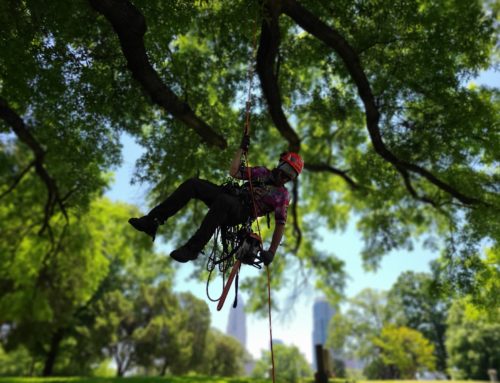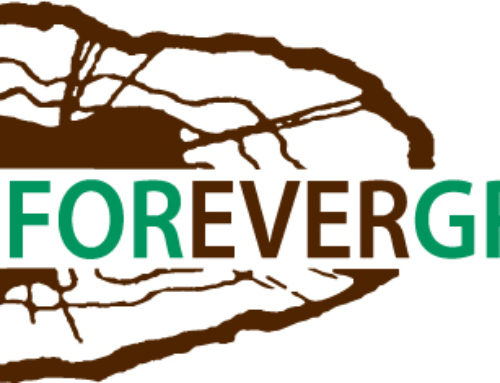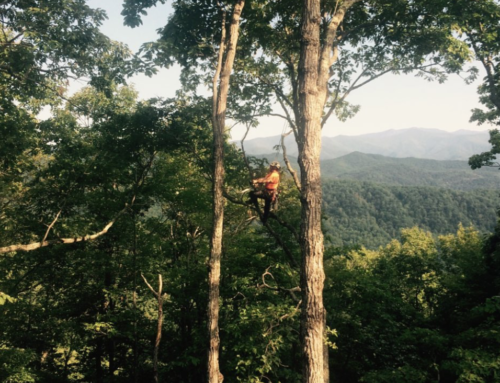Heartwood has helped trees outlive humans throughout our urban canopy for more than 40 years. Our mission is to cultivate the tree stewards that will continue the important work of tree preservation. Providing education to our community is an important step towards that mission. North Carolina continues it’s increasingly rapid growth and our canopy and understory are just as rapidly becoming depleted.
We use a variety of tools and techniques to improve the health and extend the longevity of our mature tree population, including the very important task of crown reduction pruning.
Crown reduction pruning has two primary goals;
- To reduce the risk of failure for an entire tree or a specific part of the tree
- To provide clearance for structure. This type of pruning can be used to reduce the overall size of a tree’s entire canopy or just specific parts of the canopy that have become overextended, have sustained storm damage, are interfering with existing structures or that may interfere with new construction.
 Proper crown reduction pruning is accomplished by cutting outer limbs back to their point of origin or to a lateral branch capable of sustaining the remaining limb and assuming apical dominance (becoming the outer canopy). A rule of thumb for this technique is that the lateral branch should be at least one third of the diameter of the remaining limb and no more than 30% of a tree’s live growth should be removed at one time. If 30% or more of the entire canopy or a specific section of the tree must be removed, consideration should be given to performing this pruning on two separate occasions at least one year apart. Timing is important when
Proper crown reduction pruning is accomplished by cutting outer limbs back to their point of origin or to a lateral branch capable of sustaining the remaining limb and assuming apical dominance (becoming the outer canopy). A rule of thumb for this technique is that the lateral branch should be at least one third of the diameter of the remaining limb and no more than 30% of a tree’s live growth should be removed at one time. If 30% or more of the entire canopy or a specific section of the tree must be removed, consideration should be given to performing this pruning on two separate occasions at least one year apart. Timing is important when
considering this type of pruning. It’s ideally done while the tree is dormant so as not to lose any production capacity of the foliage and all new leaf growth in the Spring is added to the reduced infrastructure making it smaller but denser.
Unlike it’s ugly cousin “TOPPING”, shown in these photos,



proper crown reduction pruning allows the tree to maintain a much more natural structure as well as retain its dignity and beauty. Have you ever seen a topped tree and thought to yourself wow, that poor tree, how could someone do that? Well you’re not alone, Certified arborists consider topping to be both unethical and unsightly
Although crown reduction pruning might sound like an ideal technique for maintaining mature trees, it’s not always possible or wise. Many factors must be considered before proceeding with crown reduction.
Does the tree have lateral limbs that are capable of sustaining growth?
Is the tree healthy and vigorous enough to withstand substantial reduction pruning?
If the tree is near new construction can it survive the construction process?
What species is the tree? Not all trees are created equal when it comes to decay resistance.
The best way to have these questions answered is to have your trees examined by a Certified arborist. Not sure if your arborist is Certified? Always ask for credentials at your evaluation and insurance documentation before you begin the work!





